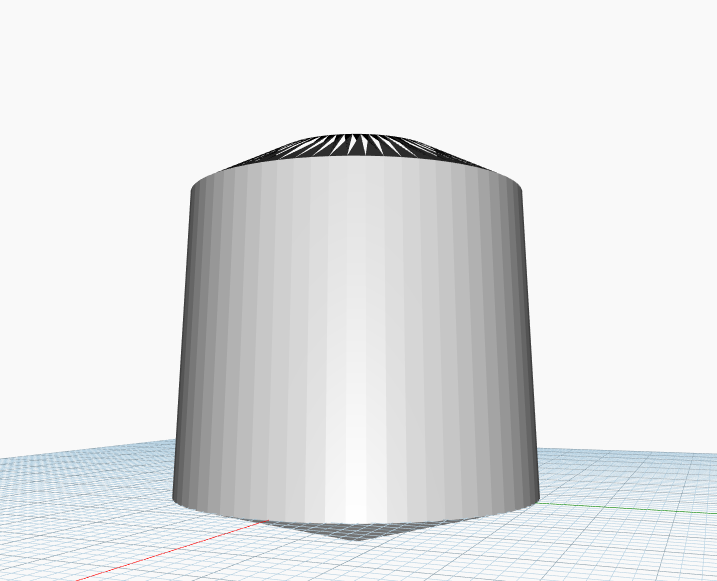1. Ontology
Wastewater treatment addresses a long-standing engineering challenge which arose with urbanization and is closely linked to public health (Nathanson & Ambulkar, 2024). With today’s population of 8 billion people on the Earth, wastewater is as much a global sustainability issue as a local health one. It impacts all ecosystems in the watershed as well as many human activities, from energy consumption to manufacturing and agriculture. The development of an ontology for this area is even crucial in the current context of population growth, rapid urbanization, climate change, and water scarcity.
The purpose of this ontology is to give the currently widespread technologies in wastewater processing a hierarchical structure based on function. This could have a number of applications, from the design of a wastewater treatment plant (WWTP) to the interpretation of life cycle analysis data, as it becomes more available and crucial in the coming years. Intended users include engineers, data analysts, researchers of the technologies or those collecting data for a single treatment plant, and policy analysts (for example in the drafting of design standards). Other parties may also be able to make use of the ontology, but they were not primarily considered in its design. An example of a use would be an engineer brainstorming possible design variations by researching what types of technologies are well suited in existing WWTP which serve a similar population in the same sector.
2. Parametric Model
The challenge for this study was to design a cost-effective anaerobic sludge digester using parametric modeling given a square, 225m2 site for its construction. As such, the goal was to minimize construction and materials costs as well as solids retention time (SRT), an indicator of efficiency of the reactor. The parameters manipulated as part of the parametric model were: number of joints, height to width ratio of the tank, and slope of the bottom slab. These parameters were given boundaries of:
● Maximum height of 50m due to local regulations of the fictional design challenge
● Slope of bottom slab from 0.05 to 0.5; according to the Mississippi Department of Environmental Quality, the slope of the bottom slab should be at least 1:12, and where the sludge is to be removed by gravity alone (as taken to be the case here), 1:4 slope is recommended (2004).
● Number of joints between 5 and 70 to balance geometry with cost
The logic behind the model was grouped into 5 categories: inputs, body, bottom slab, roof, and outputs. The inputs consist of three number sliders which allow the model user to change the height, bottom slope, and number of joints in the model. By adjusting these values, the outputs of surface area and total volume of materials are automatically calculated, in addition to the cost of concrete.
Sources:
Mississippi Department of Environmental Quality. (2004, November 1). Sludge Handling And Disposal: Design Considerations. MDEQ. https://www.mdeq.ms.gov/wp-content/uploads/2006/06/NPELF40-70.pdf
Nathanson, J. A. & Ambulkar. (2024, November 18). Wastewater Treatment. Encyclopedia Britannica. https://www.britannica.com/technology/wastewater-treatment


